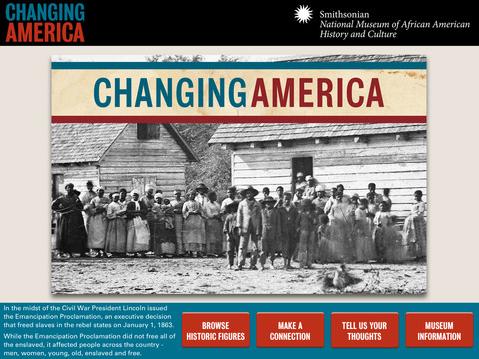Skip navigation
To Be Free

Americans reacted to the Emancipation Proclamation in different ways. With Changing America: To Be Free, you can discover firsthand accounts of individual circumstances and reactions.
In the midst of the Civil War President Lincoln issued the Emancipation Proclamation, an executive decision that freed slaves in the rebel states on January 1, 1863. While the Emancipation Proclamation did not free all of the enslaved, it affected people across the country--men, women, young, old, enslaved and free.
Frederick Douglass said, “We are all liberated by this proclamation. Everyone is liberated. The white man is liberated, the black man is liberated.”
Use Changing America: To Be Free to go beyond the well-known stories of Emancipation and gain insight into this profound moment in the lives of so many different people. You can search, sort and read personal responses to the Emancipation Proclamation across the north, south and border states from men and women of all ages.
Changing America: To Be Free is a digital component to the Changing America: The Emancipation Proclamation, 1863 and the March on Washington, 1963 exhibition. This exhibition, presented by the National Museum of African American History and Culture in collaboration with the National Museum of American History, commemorates these two pivotal achievements on their 150th and 50th anniversaries. It explores their historical context, their accomplishments and limitations, and their impact on the generations that followed.
Screenshots

Apple, the Apple logo, iPhone, and iPad are trademarks of Apple Inc., registered in the U.S. and other countries.














